Understanding AI-First Culture: What It Means and Why It Matters in 2025
What Does It Really Mean to Build an AI-First Culture?
These days, everyone’s talking about an “AI-first culture.” But what does that actually mean?
In simple terms, it means putting artificial intelligence (AI) at the center of how your company works. It’s not just about using smart tools — it’s about changing the way your team thinks, makes decisions, and operates from the ground up.
This kind of transformation affects everything: how you build products, how you support customers, how you sell, and how your teams work internally. It’s not just a new toolset — it’s a full mindset shift.
Can Older, Traditional Companies Make the Shift?
Yes, they can. A perfect example is Cisco Systems — a well-known global tech company that’s been around for over 40 years.
In the past few years, Cisco has been working to become AI-first. According to Jeetu Patel, a senior executive at Cisco, this transformation touches every part of the company. From product development to customer service and daily tasks — AI is now built into how they work.
But the change didn’t happen overnight. Patel admits it was a major cultural shift — and not everyone was on board at first.
Just a few years ago, few people would have called Cisco an “AI company.” Now, it’s quickly becoming one.
The Real Challenge: Fear vs. Opportunity
One of the biggest hurdles in adopting AI is fear. Many people worry AI will replace them. But that’s not the real issue.
As Patel explains, “AI won’t take your job. But someone who uses AI better than you might.”
That’s a game-changing mindset.
In the future of work, job titles will matter less. What will matter is how well you can use AI to solve problems, save time, and create new ideas.
How to Build an AI-First Culture: 3 Key Steps

To truly shift to an AI-first way of working, companies need to focus on these three things:
1. Set Clear Expectations
AI shouldn’t be an extra or an option — it should be part of everyday thinking. Everyone, from leadership to interns, needs to know that AI is now a core part of how work gets done.
2. Train Your Teams
Give employees the tools and training they need to feel confident using AI. This could include workshops, online courses, and real-life examples.
3. Make AI a Must
AI adoption shouldn’t be a bonus — it should be essential. When AI becomes part of job expectations, people start to take it seriously.
Why It Matters: The Competitive Edge of AI-First Companies
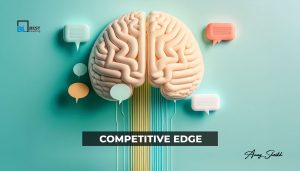
In a world that moves fast, companies that embrace AI stay ahead. Those that don’t? They risk falling behind — or even disappearing.
AI is already transforming every industry: healthcare, finance, education, retail, and more. When used right, it can help companies:
- Make faster, smarter decisions
- Reduce boring, repetitive work
- Create personalized customer experiences
- Cut costs and increase efficiency
- Predict future trends and plan better
But none of this is possible without a true culture shift. Buying tools isn’t enough. You need to embed AI into your core values and daily processes.
Common Problems That Slow Down AI Adoption
Even with the best plans, many companies hit roadblocks when trying to go AI-first. Here are the most common challenges:
1. People Resist Change
Many workers are nervous about AI. Some think it’ll take their jobs. Others feel overwhelmed by new tools. That’s why leadership must communicate openly and support learning.
2. There’s a Lack of Understanding
If your team doesn’t understand how AI works or what it can do, they won’t use it well. Companies must offer simple, hands-on training to close this gap.
3. Data Is a Mess
AI depends on clean, reliable data. But many companies have outdated systems or scattered information. Fixing data problems is a key step in the AI journey.
4. Leaders Expect Quick Wins
Some executives want fast results. But AI success takes time, planning, and patience. Real change is a process — not a magic switch.
How Leaders Can Support an AI-First Culture
Leadership plays a huge role in shaping how AI is accepted and used. Here’s how leaders can make a difference:
- Use AI Yourself: When executives use AI in decision-making, others will follow.
- Link AI to Business Goals: Connect AI projects to your company’s goals so the value is clear.
- Celebrate Small Wins: Share success stories when AI saves time or improves results.
- Make AI Easy to Access: Use no-code or low-code tools so even non-tech employees can join in.
AI Is Also Transforming the Customer Experience
Cisco’s use of AI has improved more than internal systems — it’s also enhancing how they serve customers. From faster support ticket resolution to better-prepared sales teams, AI is making everything smoother and faster.
But it’s important to communicate these changes clearly. As Patel puts it:
“Our customers still see the old Cisco. But we’re a completely different company now.”
That’s why storytelling and education are key.
Empower Your Team: From Fear to Confidence
For an AI-first culture to work, employees must feel empowered, not replaced. The workforce of the future will need to be:
- AI-literate: Understand what AI is and how it helps
- Data-savvy: Know how to work with dashboards, trends, and tools
- Adaptable: Be open to change and continuous learning
Companies can help by offering short courses, peer training, and internal mentorship programs focused on AI use in real work.
What the Future Holds for AI-Driven Companies
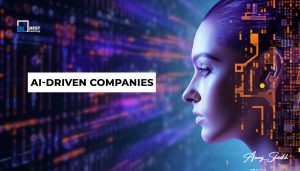
Organizations that make the leap into an AI-first culture will gain long-term benefits. They’ll be:
- Faster at spotting market changes
- Smarter with product design and customer needs
- More stable during global disruptions
- Better at attracting top talent
- Leaders in generative AI, automation, and sustainability
Final Words: AI Is Not a Threat — It’s a Superpower
Shifting to an AI-first culture doesn’t mean replacing people — it means helping them work smarter. AI can boost creativity, save time, and help people make better decisions.
Companies that succeed in the future will be the ones that embrace AI today — not just as a tool, but as a new way of thinking.
So ask yourself:
Are you waiting for change — or are you building it?


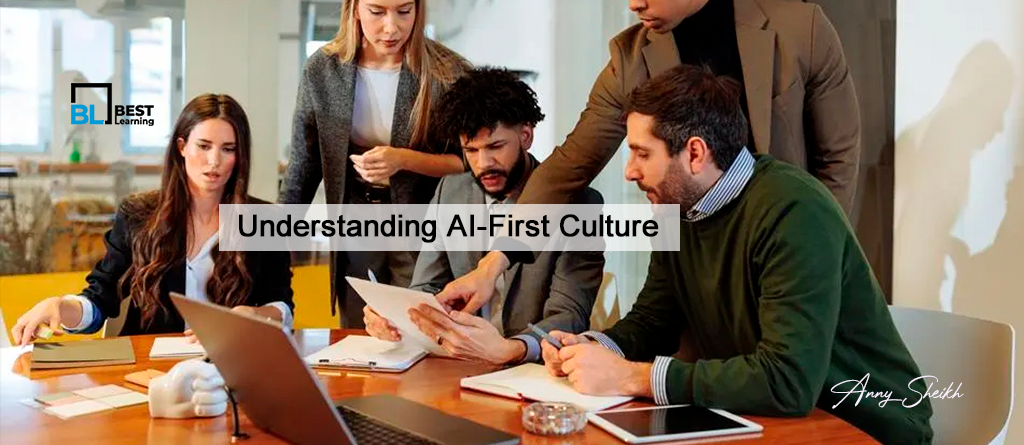
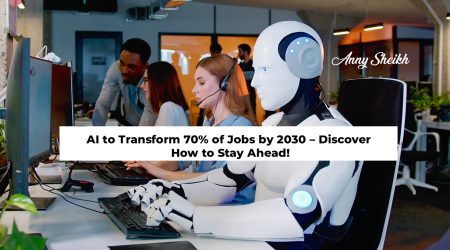



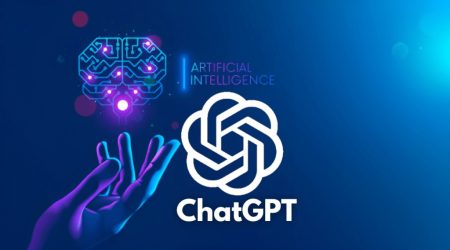

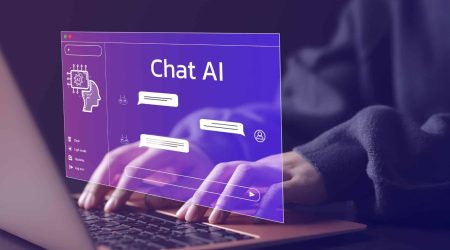



Leave a Reply